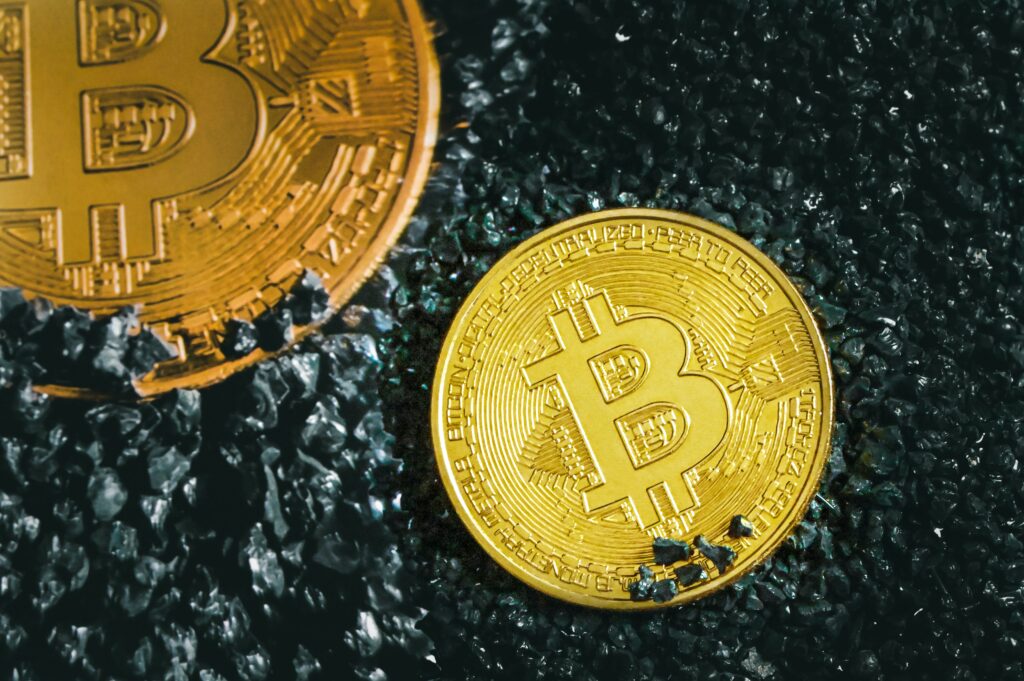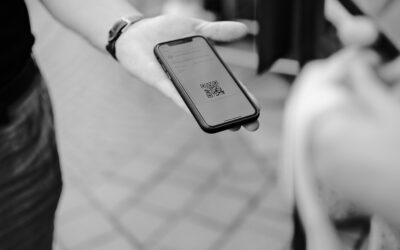How to self custody Bitcoin is not easily answered but a practice that empowers individuals to directly manage and safeguard their bitcoin holdings, eliminating the need for intermediaries like exchanges or custodial services. When it comes to how to self custody bitcoin, it is critical in order to protect your wealth.
This approach epitomizes the core principles of decentralization and user autonomy inherent in digital currencies like bitcoin.
Table of Contents
Key Elements of How to self custody bitcoin:
- Ownership of Private Keys: At the heart of self-custody lies the ownership of private keys. These cryptographic codes grant exclusive access to control and transact Bitcoin from specific addresses, ensuring absolute ownership and control over one’s funds.
- Utilization of Wallets: Bitcoin users embracing self-custody employ cryptocurrency wallets, which come in various forms like hardware devices, software apps, or paper solutions. These wallets securely house private keys, enabling users to generate Bitcoin addresses, execute transactions, and monitor balances.
- Prioritizing Security: How to self custody Bitcoin is your number one focus. Security takes center stage in self-custody. Unlike centralized systems, Bitcoin’s decentralized nature means transactions cannot be reversed or lost funds recovered. Robust security practices include using hardware wallets, enforcing strong passwords, activating two-factor authentication, and maintaining secure private key backups.
- Risk Management: While self-custody affords control, it also demands responsibility. Users must be vigilant against phishing attacks, malware, and other potential threats to their private keys, as losing access to them could result in irreversible Bitcoin loss.
- Empowerment and Privacy: Self-custody aligns with financial sovereignty, granting users independence from third-party intermediaries. It also bolsters privacy, shielding transactions from the surveillance associated with exchanges and custodial services.
- Technical Proficiency: Effective self-custody often requires technical know-how.
Familiarity with wallets, private keys, and encryption ensures users can navigate the landscape securely.

How to self custody Bitcoin guide
Self-custody of bitcoin involves holding and managing your own Bitcoin assets without relying on third-party services like cryptocurrency exchanges or wallets. It gives you full control over your Bitcoin holdings, but it also comes with added responsibility for security. Here’s a step-by-step guide on how to self-custody Bitcoin:
1. Get a Bitcoin Wallet: Choose a reputable Bitcoin wallet that supports self-custody. There are different types of wallets, including hardware wallets, software wallets.
Recommended wallets are:
- Coinkite
- BitBox
- Trezor
- Foundation Passport
- Jade
2. Understand Wallet Types:
- Hardware Wallet: A hardware wallet is a physical device that securely stores your private keys offline. It’s considered one of the most secure options.
- Software Wallet: A software wallet is an application or software that you install on your computer or smartphone. It’s more convenient but may have higher security risks if your device is compromised.
3. Generate a Wallet: Follow the instructions of your chosen wallet to generate a new Bitcoin wallet. During this process, you’ll receive a public key (Bitcoin address) for receiving funds and a private key for accessing and controlling your Bitcoin.
4. Secure Your Private Key: Your private key is the most important aspect of self-custody. Protect it diligently and never share it with anyone. Consider storing it offline, away from internet-connected devices, in a secure location like a safe or a hardware wallet.
5. Backup Your Wallet: Create backups of your wallet’s private key or recovery seed (a series of words). Store these backups securely in multiple physical locations to ensure you can still access your Bitcoin if one copy is lost or damaged.
6. Fund Your Wallet: To self-custody Bitcoin, you need to transfer your Bitcoin from an exchange or another wallet to your newly generated wallet. Use your wallet’s Bitcoin address to receive funds.
7. Regularly Update and Backup: Keep your wallet software updated with the latest security patches and features. Regularly create new backups of your private keys or recovery seed.

8. Security Best Practices:
- Keep Devices Secure: If you’re using a software wallet, ensure that the devices you use are free from malware and viruses.
- Use Strong Passwords: If your wallet requires a password, choose a strong and unique one.
- Beware of Phishing: Be cautious of phishing attacks that attempt to trick you into revealing your private keys or personal information.
- Two-Factor Authentication: If your wallet supports it, enable two-factor authentication for an extra layer of security.
9. Test Small Transactions: Before making significant transactions, consider testing the process with a small amount of Bitcoin to ensure that everything works as expected.
10. Stay Informed: Stay updated about the latest developments in the cryptocurrency space, security practices, and potential vulnerabilities. Continuous learning is key to maintaining the security of your self-custodied Bitcoin.
Remember that while self-custody offers greater control and security, it also requires a higher level of responsibility and technical understanding. If you’re not confident in your ability to manage the technical aspects of self-custody, you might consider seeking assistance from experienced individuals or professionals.
Exchanges are never safe
Bitcoin exchanges and custodians are always a target of hackers. In recent history, a lot of exchanges have been hacked or have lost user funds in some way or another.
- Mt. Gox (2014): Once largest exchange, lost 850,000 Bitcoins, filed for bankruptcy.
- Cryptsy (2016): Shut down, founder accused of embezzlement.
- Bitfinex (2016): Hacked, 120,000 Bitcoins stolen, issued BFX tokens.
- BTC-e (2017): Shutdown due to money laundering and cybercrime allegations.
- QuadrigaCX (2019): CEO’s death led to loss of 76,000 Bitcoins, bankruptcy.
- Coin.mx (2015): U.S. exchange shut down for illegal operations and money laundering.
- Youbit (2017 and 2018): Two hacks, declared bankruptcy.
- Cryptopia (2019): Hacked, liquidated due to extensive damage.
- Wex (2018): Alleged insolvency, operator reportedly arrested.
- Bithumb (Multiple Incidents): Multiple breaches, significant security challenges.
Conclusion: Why Self Custody matters
The choice between self-custody and custodial services hinges on an individual’s preferences, risk tolerance, and technical expertise.
However, if you don’t own the private keys to your bitcoin exclusively, you don’t own your own bitcoin.
While self-custody embraces the core tenets of Bitcoin and personal responsibility, some may prefer custodial options for their convenience and user-friendliness.
This is a dangerous path because convenience can mean complete loss of funds if the custodian loses the money/
Ultimately, self-custody enables individuals to interact directly with the Bitcoin network, in alignment with its foundational principles. By taking control of their digital assets, users uphold autonomy and security, making self-custody a cornerstone of the cryptocurrency movement.
In the dynamic world of Bitcoin, understanding self-custody is paramount. It embodies the essence of empowerment, autonomy, and financial sovereignty, reflecting the spirit of a decentralized future in the realm of digital assets.








